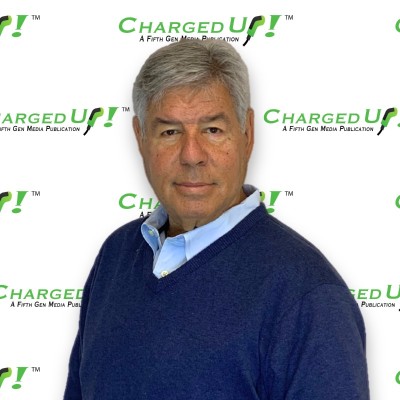Who Takes Over When Your Charging Vendor Crashes?
- Rich Berliner

- Sep 30
- 3 min read

The EV charging industry is still young enough that sudden collapses make headlines. Networks have gone dark, operators have restructured mid-contract, and more than one site host has found themselves standing in front of blank screens with no clear answer about who was responsible.
The lesson is simple but sobering: in this market, continuity isn’t an abstract IT concept. It’s a business survival strategy. Drivers don’t care if a vendor failed because of insolvency, a botched acquisition, or a 72-hour technical outage. They only care that the charger didn’t work when they pulled in.
That raises the question every landlord, developer, and CPO should be asking today: if your vendor craps out, who actually takes over?
Continuity as a Business Case
For consumer drivers, a single downed charger is an inconvenience. For site operators, it’s a chain reaction: lost revenue, SLA penalties, reputational damage, and erosion of trust. Continuity isn’t about guessing which vendor might fail next—it’s about engineering your stack so any one vendor can fail without taking you down with it.
That means controlling your credentials, owning your merchant ID for payments, and having a Plan B that isn’t theoretical. The operators who prepare for failure don’t just protect uptime—they gain a sales edge by being able to tell customers: yes, we can survive a vendor collapse.
The Real Options When Things Go Wrong
When a charging network fails, there are only a handful of real-world paths forward. Sometimes the site host or CPO steps in directly—if they control the admin logins, charger certificates, and payment rails. Sometimes a backup network takes over, but only if OCPP and OCPI were enabled and tested in advance.
In other cases, the hardware OEM can keep a site limping along, or the payment processor can keep tap-to-pay sessions flowing in “store-and-forward” mode. At the most local level, a managed service partner may be able to put chargers into safe free-vend mode until a new backend is live.
The key isn’t which path you prefer. It’s whether your contracts, technical settings, and staff are actually prepared to execute one of them.
Contracts and Code: Where Continuity Lives
Continuity planning starts on paper. Step-in rights, data portability clauses, payment independence, and assignment through change of control are the hooks that let you move quickly when a vendor falters. Without them, you’re negotiating from scratch in the middle of an outage.
From there, it’s a technical design exercise. If your chargers speak OCPP but you’ve never tested them with a second backend, you don’t have portability—you have a theory. If your roaming is locked to a single operator, or your terminals can’t store transactions offline, your fallback is already limited.
Continuity isn’t just what’s in the box. It’s whether you’ve rehearsed the cutover before the crisis.
The First 72 Hours
The hardest window is the first three days. Is it a site-level connectivity problem, or a systemic failure? Do you enable free-vend while you sort it out? How quickly can you stage new credentials, migrate pricing tables, and restore roaming?
This is where preparedness shows. Teams that have run the drill can move methodically: confirm the scope, notify counterparties, pilot a rehome on a small cluster, then roll across the fleet. Teams that haven’t are left scrambling—and often offline for longer than customers will tolerate.
What Buyers Should Ask Now
The takeaway for landlords, developers, and asset managers is straightforward: diligence doesn’t end with uptime promises. Ask your operator who controls the payment rails. Ask whether they’ve tested backup connectivity. Ask for the actual uptime record of the hardware they’re proposing—not just the marketing spec.
Continuity isn’t a scare tactic. It’s a filter. The operators who can answer those questions with evidence are the ones who’ll still be there when others stumble.
The Bottom Line
Every CPO and property partner is betting on growth in a market that’s still consolidating. Outages, restructurings, and failures aren’t hypothetical—they’re happening. The difference between sites that survive and sites that suffer is preparation.
Continuity is both an engineering decision and a contracting discipline. Own your credentials, your payment rails, and your escape hatch—and practice the handoff before you need it.
When your vendor fails, the drivers won’t blame them. They’ll remember you.
About Us
ChargedUp! is one of the most widely read publications in the EV charging space. Our approach is to take topics that are of interest to everyone and mention companies that provide best-in-class approaches.
To discuss including your products or services, contact us at info@chargeduppro.com. At ChargedUp!, we are committed to keeping businesses and individuals informed about the evolving EV landscape.
For more updates and insights, subscribe to our newsletter at chargeduppro.com.






Comments